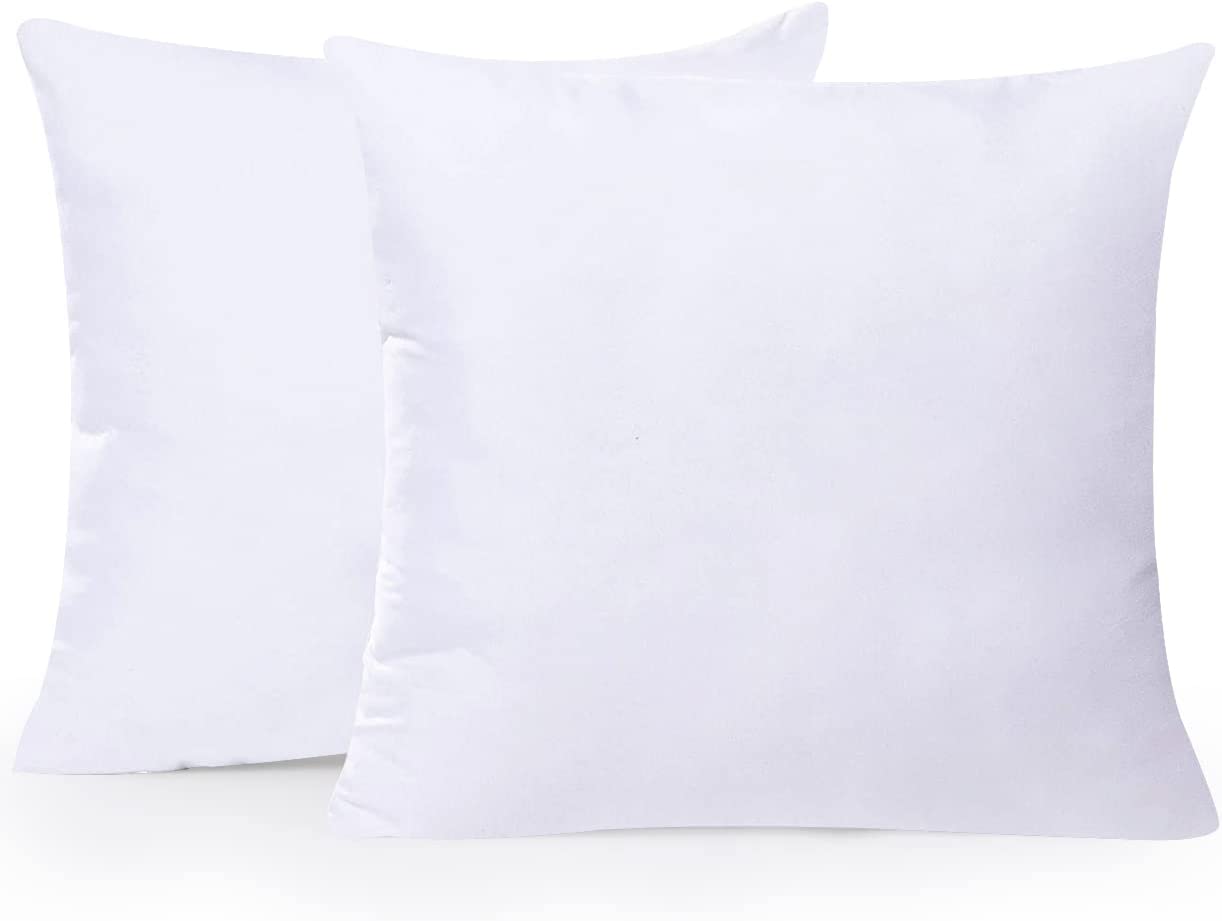What Is The Rule For Pillow Inserts?

One of the more common problems that people face when it comes to bedding is sleep deprivation. Poor sleeping habits can lead to a number of health problems, not the least of which is poor concentration and memory recall. If you’re someone who suffers from poor sleep, you know that tossing and turning all night can be frustrating and ineffective.
What do you do? You might try using different inserts in your pillows to try and find one that provides the right amount of support. However, there is no one-size-fits-all rule for pillow inserts. In fact, there are a variety of different types and shapes available on the market, so it can be hard to decide which will work best for you. This article will provide you with an overview of the different types of pillow inserts and their respective benefits. Armed with this information, you can make an informed decision about which type is right for your needs.
The Purpose Of A Pillow Insert
A pillow insert should not exceed 25% of the weight of the pillow. This is to keep your pillow from becoming too heavy and uncomfortable to sleep on. Additionally, if you are purchasing a new pillow, make sure to verify that it is fitt with a standard pillow insert. This way, you will be ensuring of a comfortable night’s sleep.
What Is The Rule For Pillow Inserts?
There is no set rule for pillow inserts, as the size, shape, and fill of the insert will vary depending on the preferences of the sleeper. However, a common guideline is that the insert should be at least two inches thick and four inches wide. The best throw pillow inserts should also be firm enough to support the head and neck but soft enough so that it conforms to the shape of the pillow.
Types Of Pillow Inserts
There are a number of different types of pillow inserts available on the market, each with its own benefits and drawbacks. The three most common types of inserts are latex, memory foam, and shredded foam.
Latex inserts are the most commonly using type of insert because they are soft, comfortable, and conform to the shape of the pillow. However, latex is also the most sensitive to moisture and can become moldy if not kept dry.
Memory foam inserts are popular among people who have trouble sleeping on hard surfaces. They are soft, supportive, and contour to the sleeper’s head and neck. However, memory foam inserts can be heavy and may require more than one to provide adequate support.
Shredded foam inserts are a recent innovation that is gaining popularity among consumers. They are light weight and provide excellent support without being too stiff or heavy. Shredded foam inserts can also be using in conjunction with other pillow materials, such as memory foam or latex, to create a personalized sleep environment.
What Are The Different Types Of Inserts?
There are a few different types of inserts that can be using in pillows. The most common type is the pillow sham, which is a piece of fabric that is inserts into the bottom of a pillow. Other types include microfiber inserts and memory foam inserts.
Microfiber inserts are made from polyester and have tiny, microfiber threads running through them. They are designed to reduce noise and help to keep your throw Pillow Inserts 18×18 cool during the night. Memory foam inserts are made from polyurethane and come in several different densities. They are popular because they provide good support and contouring, and they stay in place while you sleep.
The Ultimate Guide To Pregnancy Body Pillow
How Do You Wash Them?
In general, you should wash pillow inserts every three to six months. There are many detergents available to choose from and most are safe for fabric furniture. To clean your pillow insert:
1 Fill a sink with cold water and add the desired amount of detergent.
2 Soak the insert in the water for a few minutes, then rinse it off.
3 Hang the damp insert on a clothes line to dry.
Are There Any Risks Associated With Using Inserts?
There are a few potential risks associated with using inserts. The biggest risk is that the insert may not fit well and may become uncomfortable or difficult to sleep on. Another potential risk is that the insert may be too soft, which could lead to pressure points on the neck or back, or it may cause the pillow to collapse. Finally, if the insert gets wet, it could create mold or bacteria growth, which could be harmful to your health.
Tips for Sleeping on Your Side
If you’re sleeping on your side, follow these tips:
– Place a pillow between your knees if you sleep on your stomach. This will help to support your hips and keep them in line with your spine.
– Use a pillow between your legs if you sleep on your back. This will keep your pelvis in line with your spine and help to reduce pain in the lower back.
– If you find that you are always shifting during the night, try using two pillows instead of one. This will help to create more stability while you’re sleeping.
Conclusion
There is no set rule for the amount of pillow inserts that you should use. It all depends on the size and shape of your pillows, as well as how firm or soft your pillow will feel after being fill with inserts. If you are unsure whether or not to add any inserts, simply experiment with different amounts until you find a configuration that provides the perfect level of support for your head and neck.
